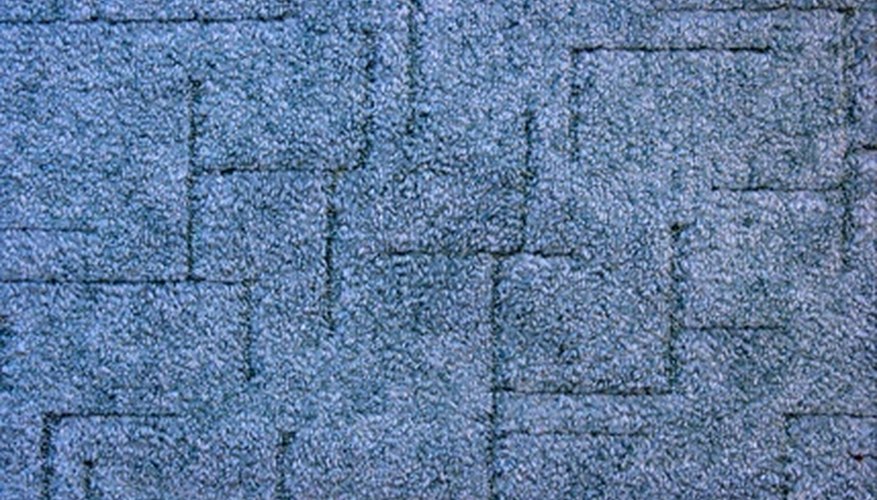Although professionals are often hired for household projects, many jobs can be accomplished on your own. Choosing to fit bathroom carpet is no different. Many people think that carpet is not the best choice for bathrooms because of all the moisture and carpet's tendency to get stained. However, if you select an appropriate carpet, choosing to fit bathroom carpet is a comfortable and attractive option.
Measure your bathroom floor, adding 10 to 15 cm (4 to 6 inches) around the perimeter for the bathroom carpet to be cut and fit properly. Buy the correct carpet and carpet pad. Choosing the correct carpet is important because the bathroom is a place where showers, sinks and toilets are located. A carpet for the bathroom must be resistant to water, mildew and stains.
- Although professionals are often hired for household projects, many jobs can be accomplished on your own.
- Choosing the correct carpet is important because the bathroom is a place where showers, sinks and toilets are located.
Clean your bathroom floor with a cleaner formulated for bathroom floors. A cheap alternative is 118 ml (1/2 cup) bleach to a full bucket of water. Dry the bathroom floor. Any surface that will receive a carpet should be clear of dirt and other debris before the carpet is put down.
- Clean your bathroom floor with a cleaner formulated for bathroom floors.
- Any surface that will receive a carpet should be clear of dirt and other debris before the carpet is put down.
Install tackless strips around the perimeter of the bathroom, but not in front of the door. Nail every 20 to 30 cm (8 to 12 inches). Make sure that the pins point toward the wall. There should be 1.2 cm (1/2 inches) between the wall and the strip. Tackless strips allow you to install carpet without having to tack the carpet down.
Install the carpet pad. Carpet pads make walking on the carpet more comfortable. This is especially good for bare feet. Face the waffle side of the carpet pad up and cut the pad to fit inside the tackless strips, leaving 6 mm (1/4 inch) to prevent the padding from riding up when you install the carpet. Glue the pad to the floor with appropriate glue. Look for carpet glue with a low volatile organic compound or VOC. Even if you work with a glue that is less toxic to the air, make sure you are working with the windows open to provide adequate ventilation.
- Carpet pads make walking on the carpet more comfortable.
- Even if you work with a glue that is less toxic to the air, make sure you are working with the windows open to provide adequate ventilation.
Lay your carpet down with 10 to 15 cm (4 to 6 inches) extra around the perimeter. Place the toothed end of the knee kicker 7.5 cm (3 inches) away from the wall and push your knee into the cushioned end of the tool to stretch the carpet over the tackless strip, which will then hold the carpet in place. A knee kicker as well as a carpet stretcher help get the carpet to lay as flat as possible. Position one end of a carpet stretcher against the wall where you have attached the carpet and the other end 15 cm (6 inches) away from the far wall. Push on the lever to stretch the carpet over the tackless strip near the far wall. Trim the edges with a sharp utility knife. At the doorway, install a door edge strip.
- Lay your carpet down with 10 to 15 cm (4 to 6 inches) extra around the perimeter.
- Place the toothed end of the knee kicker 7.5 cm (3 inches) away from the wall and push your knee into the cushioned end of the tool to stretch the carpet over the tackless strip, which will then hold the carpet in place.
